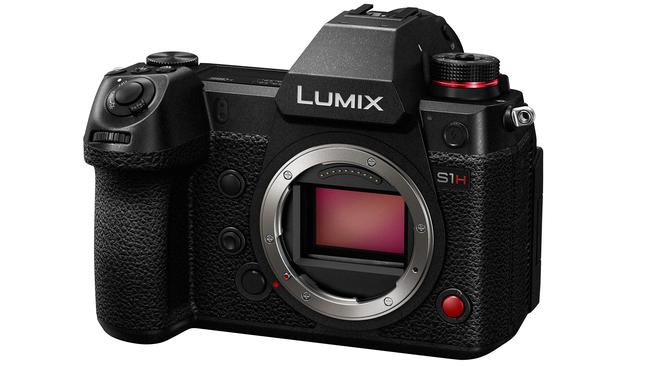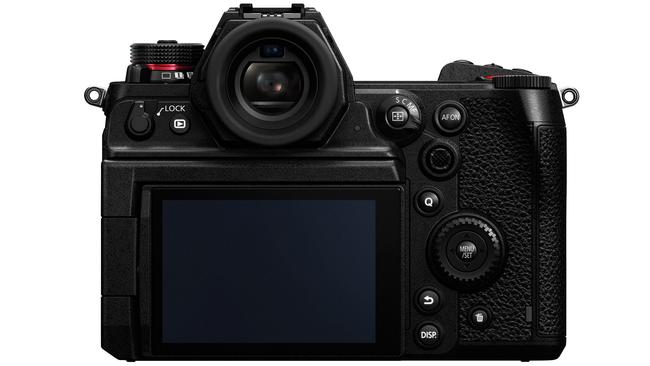Panasonic’s Lumix S1H heavy-hitter stands out from crowd
Panasonic’s Lumix S1H blends impressive stills ability with extraordinary video specs, making it stand out from the crowd.

In the world of digital cameras, form versus function is an ever-evolving science and in many cases design evolves very slowly.
That’s not the case with Panasonic’s Lumix S1H, a full-frame mirrorless heavy-hitter that is targeted at “prosumers” and professional users.
This is serious kit. It blends impressive stills ability with some extraordinary video specs and a look and feel that makes it stand out from the crowd.
Its design is quite striking — the only other camera I’ve seen recently that has such a unique look is the Fuji GFX100, a 100 megapixel monster that will set you back about $16,000.
The Lumix won’t cost that much, but it’s not inexpensive either with a price tag somewhere between $5800 and $6000 for the body only — plus lenses. And what lenses! Beautifully made, solid and sharp, they send a signal that Panasonic is intent on taking market share in the full-frame mirrorless market.

The review kit came with a carefully crafted 70-200 f2.8 S Pro lens — which Panasonic says meets stringent Leica standards, a 24-70mm f2.8 (rrp $3599) with the smoothest focusing ring I’ve ever used, and a 16-35mm f4 lens which at just 500g balances nicely on the camera and which is noticeably lighter than its f2.8 siblings.
The 70-200mm is a hefty chunk of glass (1.57kg), one that feels like it was built with longevity in mind and that is priced accordingly (rrp $4299).
Invest in the world of this high-end Lumix and you get a camera that feels quite robust.
Panasonic says it’s weather-sealed, boasts a deep grip, good ergonomics and a menu system and control logic that was surprisingly easy to pick up.
You get a 24-megapixel full-frame sensor, in-built stabilisation, nine frames per second shooting, and 14 stops of dynamic range. There’s also a High Resolution mode (also found in some other Lumix models), which lets you turn the standard 24-megapixel sensor into something capable of delivering 96 megapixels through composite multiple images.
Panasonic says the camera focuses well in low light and on test it performed nicely for pre-dawn sunrise shots at the local pier.
It locked on nicely in the semi-darkness using the 70-200mm, which has a built-in Arca Swiss-compatible mount. The result was that it delivered images that captured detail in dark areas without highlights blowing out.

There are twin memory card slots, a body cap that can only be removed by activating the lens release button (nice touch), a funky red shutter button (the designers had fun with this), white numbers on a black top display panel, and a rear image view panel that flips over to protect the touch screen.
Look closely and you’ll see heat-sink style vents to allow the camera to record lengthy video sessions without overheating.
One of my favourite features is an electronic magnifying loupe built into both the viewfinder and rear screen, allowing users to achieve pin-sharp focus on critical elements in their images.
The other nice touch is an artificial horizon (also displayed via viewfinder and rear screen) that is very user-friendly.
As a stills shooter confronting the Lumix’s video capabilities, it’s best to let the camera’s video specs speak for themselves. It will deliver video in 6K/24p (in a 3:2 aspect ratio) or wide-screen fans can achieve 5.9k at 24, 25 or 30 frames per second. There’s also a high frame rate recording capability delivering audio and autofocus at 120 frames per second.
According to Panasonic, the Lumix offers “rich gradation and a wide colour space rivalling those of cinema cameras”. To paraphrase, it’s a serious piece of gear for video users. It’s also a very nice thing when it comes to stills.
Price: $5800 to $6000 body only.

